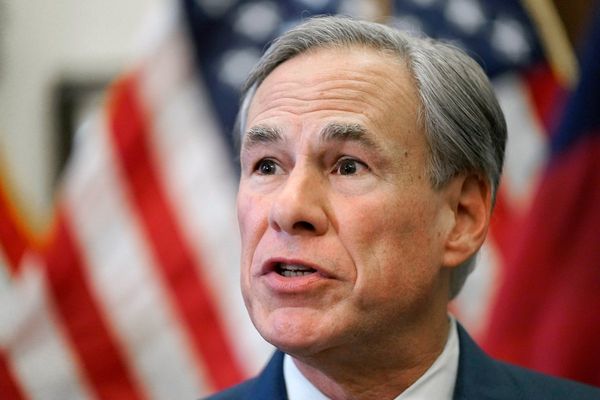Newsan is one of Argentina’s biggest home appliance retailers. For decades, it settled its payments in U.S. dollars for the goods it bought from China, such as fridges and TV sets. In April, Newsan suddenly switched to Chinese yuan for its payments. Meanwhile, Brazil’s new government under President Lula da Silva recently announced that Brazilian companies can settle their foreign trade using Chinese yuan. Consequently, Brazilian companies have started to pay French companies in yuan for purchase of LNG, a first in their history. The yuan is now the most actively traded currency in Russia. And Bangladesh has been coerced into paying for Russian nuclear power using the yuan. These developments are not independent and unrelated.
A significant global outcome of the Russia-Ukraine conflict is the U.S. dollar-Chinese yuan conflict. The U.S. dollar has long enjoyed what a French Finance Minister called an “exorbitant privilege”. Nearly all nations trade with each other using the U.S. dollar, establishing its pre-eminence as the world’s reserve currency. The global trust in the dollar plays a vital role in establishing the U.S.’s status as a superpower. Evidently, the Chinese are no longer willing to accept American hegemony. Destabilising and dethroning the U.S. dollar is a key strategy for China to challenge the U.S. Its overtures and coercions to invoke other nations to switch to the yuan for trade settlements is a part of its grand ambitions to reshape the world order. In this context, India, a trillion dollar trading nation, has a huge role to play in determining the new global currency order.
Against India’s interests
China is squatting on India’s territory in the Northeast and has threatened its sovereign integrity. It came close to waging a war against India during the pandemic. It is not in India’s interests to help China’s ascendancy, so one would expect India to not aid and abet China’s desire to move global trade settlements from the dollar to the yuan. But shockingly, this is precisely what it is doing — paying for its own foreign trade in yuan.
The Modi government’s myopic geo-economic strategy has boxed India into a corner where it is now forced to help China to the detriment of its own interests. After economic sanctions were imposed by the West against Russia for the Ukraine war, the Modi government decided not to support the sanctions and instead buy Russian oil, because it was apparently available at a discount. The External Affairs and Petroleum Ministers made chest-thumping announcements about how doing so would help the common Indian with lower fuel prices and inflation. Since the war began, India has imported 15 times more oil from Russia (compared to the previous year), worth $44 billion, money that presumably can be used by Russia to prolong the war.
There was one hitch in this saga – how would India pay Russia for the oil? Normally, it would have paid Russia in U.S. dollars, as it does for most of its foreign trade. But due to U.S. sanctions, Russia could not accept this. Russia could have accepted payment in roubles, but this was not favourable to India, since the value of roubles could no longer be efficiently determined by the currency markets. A bilateral arrangement to establish a mutual value between the rupee and the rouble was mooted, but this would hark India back to the pre-liberalisation days of bilateral currency arrangements. India would have liked to pay in rupees but this was not conducive to Russia because, contrary to the bombastic claims of the Reserve Bank of India, Indian rupee is neither an international nor a trusted currency, especially after bizarre policies such as demonetisation. China sensed an opportunity in this conundrum and given its proximity to Russia, the yuan has emerged as the currency to settle India’s purchase of Russian oil.
If India can settle Russian trade in yuan, what stops China from demanding settlements for India-China trade in yuan? India-China trade has grown four times in the last decade and is one-sided, with India importing seven times more from China than it exports. China is India’s second largest trading partner while India is only China’s 13th largest partner. In this context, it will be hard for India to refuse or resist a potential Chinese demand for trade settlement in yuan. If India starts to use yuan for a sizeable proportion of its trade, it would provide a big fillip to China’s ambitions to dominate the new world order. This is what former Prime Minister Dr. Manmohan Singh had warned more than a year ago, in The Hindu. In essence, just when China was threatening to trample India, the Modi government’s foolhardy headline hunting geo-economic strategy has helped lift China’s foot and place it on India’s neck.
No benefit to the common man
Ironically, this brouhaha has not even benefited the common Indian. The price of petrol, diesel and LPG for the average Indian family has only gone up since the purchase of Russian oil. Prices of essential goods have risen 5% in this period. One reason for this is that half the discounted Russian oil went to Reliance Industries and Nayara Energy, which refined and exported it back to foreign countries at high prices to earn super normal profits.
Mr. Modi staked India’s national security interests and strengthened China only to help two private companies amass huge profits using the Ukraine war as an alibi. In 1971, when asked by foreign media about the role of the U.S. dollar, the then U.S. Treasury Secretary John Connally famously said, “The dollar is our currency but your problem”. Perhaps, some of India’s big industrialists can now sarcastically quip to other Indians, “Mr. Modi is our Prime Minister but your problem”.
Praveen Chakravarty is a political economist and Chairman of Data Analytics of the Congress party







